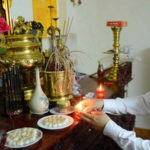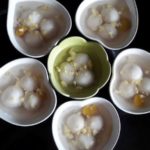The Cold Food Festival is a well-known holiday in Vietnam, celebrated annually on the third day of the third lunar month. On this day, people cook banh troi and banh chay to offer to their ancestors. Originating from Chinese customs, the festival is still observed today. The Cold Food Festival is a time to honor ancestors and express gratitude for their blessings. This year, the festival will be held on April 11, 2024. Let’s explore the offerings and rituals for this unique occasion.
1 What offerings are made during the Cold Food Festival?
The Cold Food Festival is a traditional Vietnamese holiday, held on the third day of the third lunar month, to honor and remember deceased ancestors. Certain offerings are prepared and placed on the ancestral altar:
Banh Troi and Banh Chay
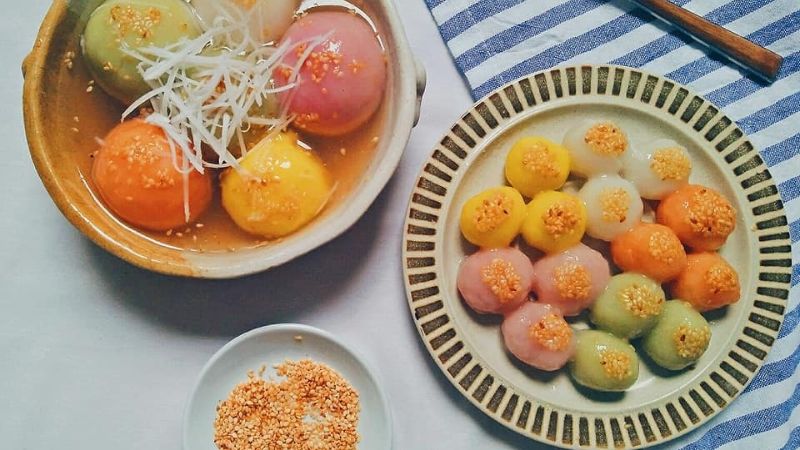 Banh Troi and Banh Chay
Banh Troi and Banh Chay
These two dishes are considered the most important and indispensable during the Cold Food Festival. They represent cold food, a symbol of gratitude and hope for favorable weather, offered to ancestors. According to folk beliefs, the number of bowls of banh troi and banh chay should be five or three.
Incense, Flowers, and Betel Nuts
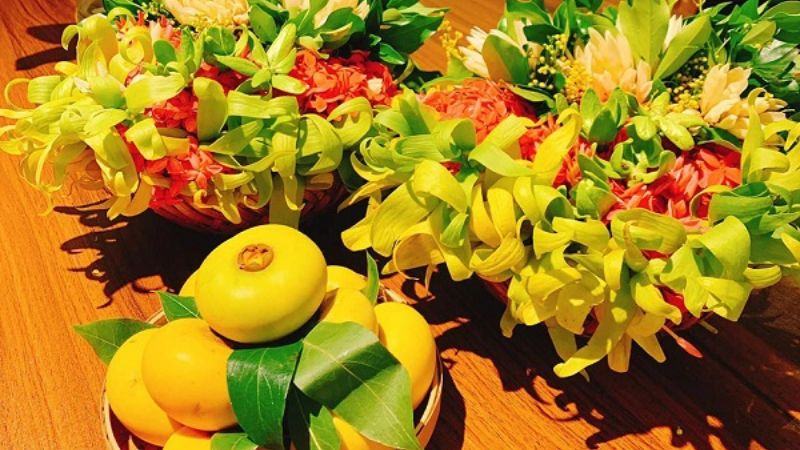 Incense, Flowers, and Betel Nuts
Incense, Flowers, and Betel Nuts
For any Vietnamese ceremony, big or small, incense, fresh flowers, and betel nuts are essential offerings on the altar. During the Cold Food Festival, these items accompany the traditional dishes as a sign of respect. However, it is important to note that only fresh flowers are used for the offerings.
Five-Fruit Tray
 Five-Fruit Tray
Five-Fruit Tray
Alternatively, families can opt for a tray of fresh fruits, consisting of approximately five different types, depending on the season. The colors of the fruits vary, including green, red, yellow, and purple, representing the five elements and offered to ancestors as a sign of respect and hope for blessings.
In addition to the aforementioned foods, families may also prepare a glass of clean water, paper money, or three to four cups of tea to place on the ancestral altar.
2 The Most Auspicious Time to Worship During the Cold Food Festival 2024
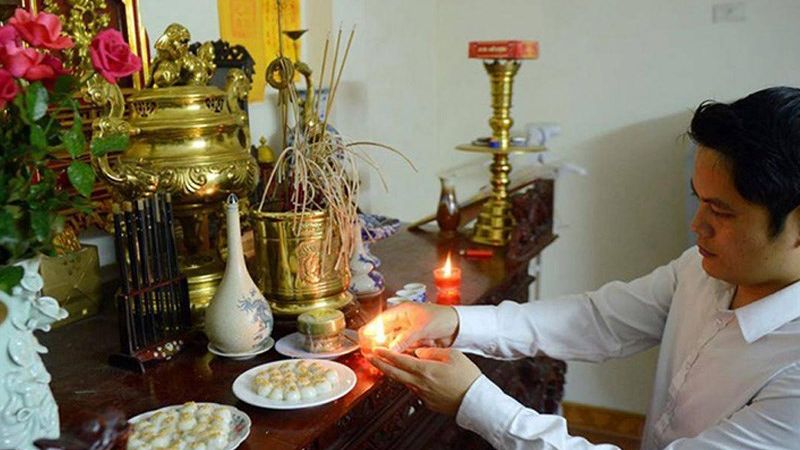 The Most Auspicious Time for the Cold Food Festival 2024
The Most Auspicious Time for the Cold Food Festival 2024
The Cold Food Festival in 2024 falls on April 11. There is no specific time for the worship ritual, as the most important aspect is the sincerity of the family towards their ancestors. However, it is recommended to perform the ceremony before 7 PM, as offering the ritual too late may not convey the family’s sincerity to the ancestors.
The following time frames are considered auspicious for the Cold Food Festival worship in 2024: Suu (1-3), Thin (7-9), Ngo (11-13), Mui (13-15), Tuat (19-21), Hoi (21-23).
3 Prayer for the Cold Food Festival
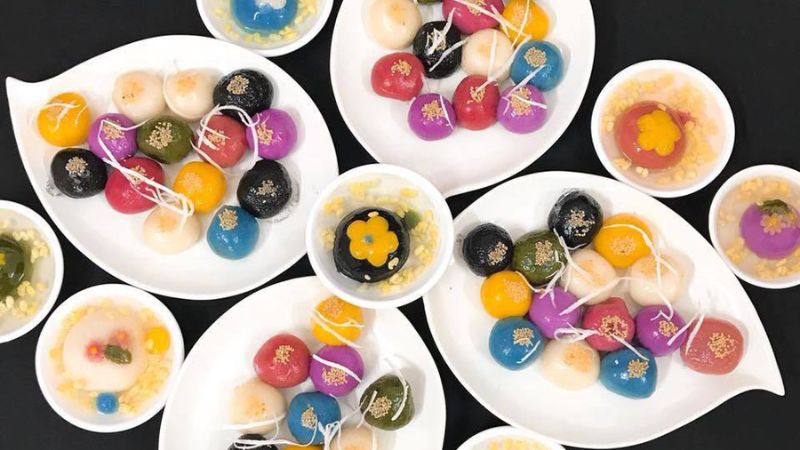 Prayer for the Cold Food Festival
Prayer for the Cold Food Festival
The prayer for the Cold Food Festival expresses gratitude and respect to ancestors, deities, and spirits, seeking blessings for a peaceful and prosperous new year, good health, and fortune. The prayers are adapted from the book “Vietnamese Traditional Prayers” published by the Information and Culture Publishing House.
These prayers embody the family’s devotion and reverence for their ancestors and deities, as well as their gratitude for protection and blessings received throughout the year. They also reflect the piety and respect for traditions that are integral to Vietnamese culture.
For reference:
4 Notes on the Cold Food Festival Worship
Choose the Right Time
The Cold Food Festival is typically held on the third day of the third lunar month. However, if a family is occupied with work or unable to perform the ceremony on that day, they may choose another day within the third lunar month.
Prepare All Necessary Tools
Families should ensure they have all the necessary equipment for the Cold Food Festival worship, including an ancestral altar, candles, incense, fresh flowers, betel nuts, and other offerings.
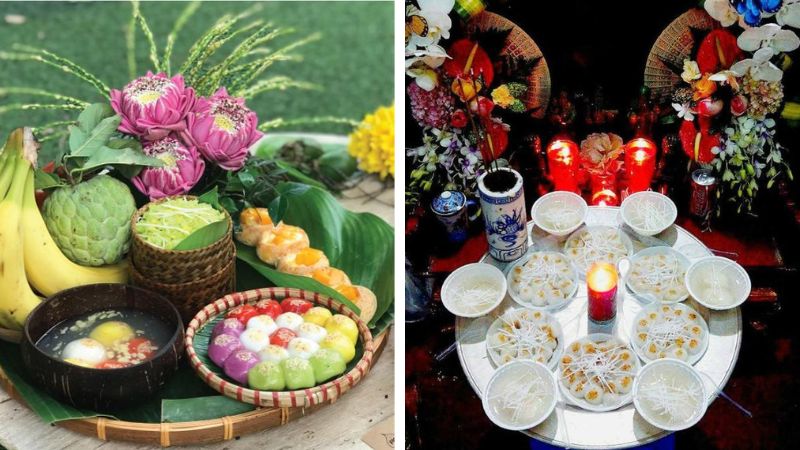 Notes on the Cold Food Festival Worship
Notes on the Cold Food Festival Worship
Maintain Cleanliness and Solemnity
It is important to keep the worship space clean, solemn, and respectful to show reverence and sincerity to the ancestors and deities.
Select Appropriate Food Offerings
The food offerings for the Cold Food Festival should be cold dishes, such as banh troi and banh chay. Families should avoid using artificial flowers, food replicas, or spoiled food on the altar. Only the freshest offerings should be chosen to express gratitude to the ancestors.
The above information provides a comprehensive guide to the offerings and rituals for the Cold Food Festival. We hope this will be useful as you prepare for this unique and meaningful holiday.


























